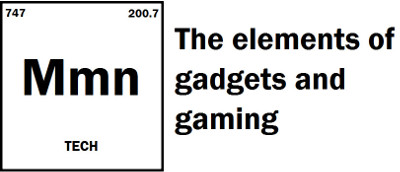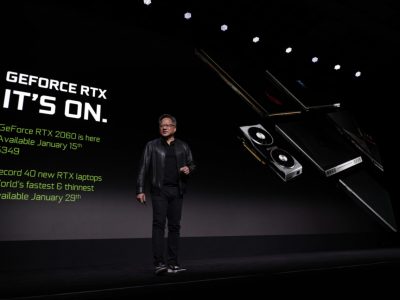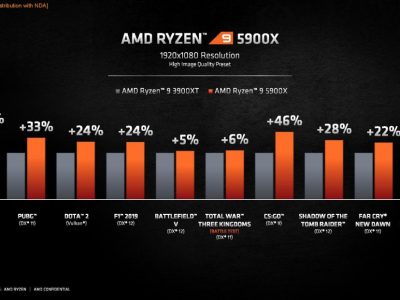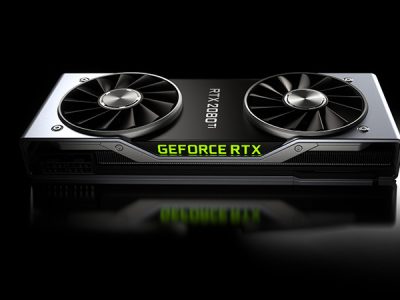
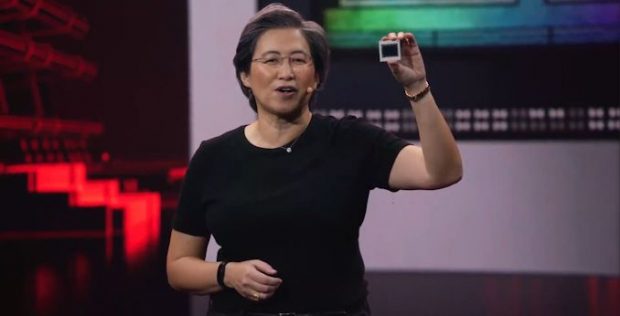
RDNA2 set to lay a teensy smackdown against Ampere
AMD has finally taken the curtains off their upcoming RDNA2 series GPUs, which for the first time in ages, are poised to be a serious threat against Nvidia.
Their new flagship card, dubbed the RX 6900 XT, features a total of 80 compute units running at a base clock speed of 2015 MHz, and will ship with 16GB of GDDR6 memory. What’s more impressive is the card allegedly matches, or exceeds the RTX 3090 in most games while being $500 cheaper. Yikes, I think we just witnessed a murder.
AMD is leveraging a whole bunch of new technologies to achieve this, including tighter integration with their upcoming Ryzen 3 processors. The new CPUs will have direct memory access to the VRAM, allowing for faster throughput. There’s also a one touch “Rage Mode” (I see what you did there) overclocking utility that enables the card run right at the red line. Though it will be interesting to see just how well it performs on stock settings without these AMD specific bells and whistles enabled.
As for the memory, AMD has chosen to go with 16GB of bog standard 16Gbps GDDR6 running on a 256-bit bus. However, the GPU die itself contains a further 128MB of fast “infinity cache”, which they claim will considerably speed up memory intensive applications. Ryzen 3 processors are also using similar technology.
We see similar results versus Nvidia moving down the product stack. The 6800 XT is being poised as a direct competitor to the RTX 3080, showing a modest advantage in most games. While it doesn’t feature as hefty a price difference as the 6900 XT, you can expect to pay $50 less than you would for Team Green.
The vanilla 6800 was directly compared against the Turing based 2080 Ti, allegedly showing strong gains in every popular title AMD stacked them against. Which should put it somewhat closer to the Titan RTX in terms of frame rates in current games. It should be faster than a 3070, which it better be given it’s $579 price point, making it the only one more expensive than its Ampere counterpart.
Both cards contain the same 16GB of GDDR6 featured in the 6900 XT. It’s worth noting that this is more than the RTX 3080 and 3070, which have 10 and 8GB respectively. This is still a bit overkill now, much like the 24GB in the 3090, but should give them some more longevity at 4K resolutions compared to their direct Nvidia competitors.
AMD has also managed to stick to their goal of reducing power requirements. Something which we were worried about back when I originally mused on the potential future of RDNA2. However, not only have they managed to keep consumption in check, it’s also lower than comparable Ampere cards as well, with the 6900 XT topping out at 300W versus 350 for the RTX 3090. Which is perhaps the most impressive part of the lot, considering past Radeon cards have had issues with lacklustre thermals and power consumption.
On to the feature sets. For ray tracing, we do know that technology is being baked into every compute unit. So that will likely mean it can scale across the entire product stack. It uses DX12 Ultimate as its primary API rather than any proprietary tools. Interestingly, AMD didn’t really go into details about ray tracing performance using this technology. So this could be an area where Nvidia could gain some ground.
We also have the FidelityFX package, which is serving a similar role to Nvidia’s DLSS. It will include variable shading and adaptive sharpening technologies, as well as something AMD is billing as “Super Resolution”. These packages will be open source and are designed to be cross-platform.
The 6800 series will release on November 18th, with the 6900 XT following on December 8th of this year. So far AMD hasn’t brought up potential supply issues, which is another area they could possibly get the jump on Nvidia.
As per the usual disclaimer, wait for benchmarks before ordering anything. So far though, it looks like they may have their first set of winners on the high end in years.
Source: Anandtech
